How to rent a car in Japan
Discover Japan’s most beautiful corners on a road trip, passing through its diverse and incredible scenery at your own pace. Renting a car in Japan also allows you to see more remote beaches, waterfalls, and historical sites of the country. It allows you to wander through silent rice fields, explore mist-shrouded mountain passes, and uncover hidden coastal villages far from the popular tourist spots.
Note: Japan has one of the best public transportation systems in the world! You can easily travel around the major cities and the country by hopping on a bus or train (buy your Japan Rail Pass in advance here). However, renting a car is perfect if you’re looking to reach more rural areas in Japan’s inaka (countryside) and want a bit more flexibility on your trip.
We rented a car to go to the Nachi Falls and paired it with a road trip along Koyasan. Renting a car in Japan is also great when visiting Mt Fuji, allowing you to explore the many lakes and visit Shiraito Falls.
We recommend to rent a car in Japan through Rentalcars.com with many rental locations and flexible cancellation. Book your rental car here.
What do you need to rent a car in Japan?
To rent a car in Japan, you’ll need to have the following documents:
- Valid driver’s license from your home country
- Your ID (passport)
- Credit card in your name
- An International Driving Permit (IDP)
- Rental car insurance
The legal driving age in Japan is 18, which is the same age rental car companies require you to be to rent a car. All drivers must present a valid driver’s license, a passport, and a credit card to make the payment.
Drivers are also required to have an International Driving Permit (IDP) to rent a car in Japan. Without one, the car rental company won’t let you rent a car. You can easily arrange this document in your home country (Japan doesn’t issue these), which costs about 20 USD. All you need is your valid driver’s license and two passport-size photos. You can also arrange an IDP online here.
Rental car insurance in Japan
Car rental insurance is mandatory in Japan and is already included in your car rental package. The prices advertised for car rentals already include the price for this insurance, which covers you for damage, injury, and liability.

Even if you have separate insurance (for example, with your credit card policy), you still have to pay for this car rental insurance. If you’d like any additional insurance, like extra protection or full coverage, you can include that in your booking.
We recommend to rent a car in Japan through Rentalcars.com with many rental locations and flexible cancellation. Book your rental car here.
Is it easy to drive in Japan?
Japan is one of the easiest countries to drive in, with well-maintained road networks and accommodating traffic. Nevertheless, before you rent a car in Japan, it’s good to know some of the rules and customs of the country.
Travel Insurance
Don't forget a travel insurance for your Japan trip! Heymondo covers medical emergencies, theft, delays, cancellations, lost luggage, and more, with 24/7 worldwide assistance and medical chat. As a Salt in our Hair reader, we've got you 5% off! Check Heymondo here
Roads & Speed Limits
The most important thing to remember when driving in Japan is that cars drive on the left side of the road. This means the driver sits on the car’s right-hand side and can take some getting used to if you’ve never done it before. Luckily, once you’re on the road, it’s fairly simple to follow the rest of the traffic. The roads are also very well-maintained, making driving in Japan easy.
This way, you can peacefully discover Mt Fuji’s stunning lakes, peering onto the iconic mountain from the road. Or, follow the roads that loop around remote urban areas on islands like Okinawa or Koyasan.
Speed limits in Japan depend on where you’re driving but typically are:
- 80 – 100 km/h on highways
- 50 – 60 km/h on main roads
- 40 km/h in urban areas
- 30 km/h through side streets
Toll roads in Japan
Most highways are toll roads where you’ll have to pay a small fee in order to get on. You can pay for these manually in cash at the toll gates (green ones) or with an ETC (electronic toll collection) card. Newer toll gates also offer the option to pay with a credit card, but to be safe, it’s best to have cash with you.
Fun fact: In Japan, always use both hands to accept cash as a sign of respect. Something I quickly learned after doing it completely wrong as you can see below.
Some rental cars in Japan come with the ETC card and system, allowing you to drive straight through the many tolls on Japanese highways. The device registers the tolls, which you can pay later when you return the rental car.
Depending on your route, toll prices range between 300 ~ 2,310 yen (2 – 15,27 USD). You can avoid toll roads and choose alternative local routes, but it’ll take you slightly longer.
Because of this, renting a car to get around Japan’s metropolitan cities is unnecessary. This way, you don’t get stuck in traffic, navigating your way through the streams of people, and don’t have to struggle for parking. Tip: If you’re picking your car up in a larger city, try to avoid driving during rush hour, when people pour out onto the streets.
However, drivers in Japan are generally really patient and don’t drive aggressively, leaving roads relatively peaceful (no beeping, etc.). If you make a mistake, it’s uncommon for someone to honk at you.
Good to know: Driving under the influence is forbidden. You can’t drink any alcohol if you’re driving, not even a small beer. The penalty for violating this law is harsh and can even include deportation.
Taking your rental car to the islands
Naturally home to thousands of islands, Japan makes a great place to go island-hopping. Drive along the rugged coasts of Okinawa, peering out onto the waters hitting ashore. Or, witness the largest active volcano in Japan by roaming around Kyushu. Many islands don’t have the most convenient bus system, making it worth renting a car in Japan and taking it over with you.
We recommend to rent a car in Japan through Rentalcars.com with many rental locations and flexible cancellation. Book your rental car here.
There are plenty of car ferries that commute in the island country of Japan. Prices differ depending on the distance. Short crossings are relatively inexpensive, whereas on medium to long distances, like to Rishiri or Yakushima, they can be rather expensive. In that case, it can be more beneficial to rent a separate car once you get to the island. Note: Japan’s four main islands, Hokkaido, Honshu, Kyushu, and Shikoku, are connected by bridges and tunnels.
The cost of taking a car onto a ferry depends on the length of the vehicle, too, and includes the fare for the driver. Any additional passengers have to buy separate tickets for themselves.
Is driving in Japan safe?
The patient nature of the Japanese people and the peaceful, well-kept roads make it a safe country to drive in. Roads are not chaotic, and honking noises are rare.
Top tips for renting a car in Japan
1. Do a walk around the car upon pick-up
When you pick up your rental car in Japan, make sure to walk around the vehicle and check if there’s any damage. If there is, try to take some photos; this way, you’re covered in case the rental company says they’re new upon return (though this rarely happens).
You will most likely also have to sign a check-out form upon pickup. Have the damage noted down before signing the document and starting your journey.
We recommend to rent a car in Japan through Rentalcars.com with many rental locations and flexible cancellation. Book your rental car here.
2. Ask for a tutorial on the GPS
Most rental cars in Japan come with a GPS navigation system built into the dash. Sometimes, these systems can display the map, menus, and directions in English, though this isn’t always the case.
Ask your rental company to verify that the GPS is in English and have them show you how its main features work. Many of these systems have the ability to enter a location code (instead of an address), making it easy to return to the rental car company later on (they’ll give you their code).
Tip: Even though the rental cars come with navigation, it’s worth downloading Google Maps and using your phone to get around Japan. This way, you’ll get updates on traffic conditions in real-time. You can purchase a local SIM card or portable WiFi at the airport when you arrive.
3. Getting gas
Gas stations lie all across Japan, though you’ll find less along the highways. But if you travel through alternative roads, passing beautiful traditional villages and lush parks, you’ll find plenty of gas stations to stop at.
Traditionally, most of them are full-service, meaning an attendant helps you fill up your car. Pulling into the station, someone will direct you to a stall. Here, you’ll tell the attendant what kind of gas you need, how much, and how you’d like to pay. It helps to know a few words in Japanese, like ‘mantan’ (full tank). They often also give you a cloth to clean your dash or offer to throw your garbage away.
Self-service stations have also popped up more recently. Some are open 24/7, while others close during the night. These stations are completely in Japanese, but there should always be someone who can help you out! Alternatively, you can also use the photo feature on Google Translate. If you’re paying in cash, the change machine is often separate from the pump, or you can pay inside the gas station building.
Fuel type
If you’re ever uncertain about what type of gas your rental car in Japan needs, look for this information in your rental documents or on a sticker in your car. You’ll usually find this either on your keychain, on the dashboard, or inside the fuel door. Regular unleaded, high-octane, and diesel are offered all throughout Japan. The current cost for a liter of regular gasoline costs about 175 yen (1.16 USD), whereas diesel is 154 yen (1.02 USD).
Japanese rental cars have great gas mileage, but remember to return the car with a full tank of gas. Some rental companies mandate that you need to fill up within a certain distance from the company or have specific stations you can use. You’ll usually find this information in your rental agreement. Always keep the receipts so you have proof of filling up the tank.
Also read: How to download offline Google Maps
4. Be mindful of where you park
Parking in Japan can be a challenge, depending on where you’re traveling. In most urban areas, spaces are limited and expensive, and have strict parking regulations. Always try to keep an eye out for these specific parking signs.
Parking in the center of large cities like Kyoto can easily cost you several hundred yen per hour. The costs are much lower if you visit smaller cities or further away from the center. In towns and in the countryside, parking is often free. At national parks or tourist spots like Nara Park, the parking lots sometimes charge a fee (between 200 – 500 yen).
Note: If you’re staying in a hotel in Japan in the center, expect to pay about 1000 yen per night to park your car. If you’re staying further out, like in the countryside, parking is usually free.
However, just like many other things in Japan, parking spots can be really advanced and unique. Nowhere else will you see parking elevators, where cars are stored in towers, or parking spots that lock your car in place. The technology will never stop amaze you in Japan!
Travel Insurance
Don't forget a travel insurance for your Japan trip! Heymondo covers medical emergencies, theft, delays, cancellations, lost luggage, and more, with 24/7 worldwide assistance and medical chat. As a Salt in our Hair reader, we've got you 5% off! Check Heymondo here
How much does a car rental cost in Japan?
Rental cars are more on the higher-priced side in Japan. The price typically depends on a few things: the time of the year you’re visiting, the duration of your trip, and the type of car you rent. During the high season, there can be an increased demand for renting a car in Japan (especially in Hokkaido), which drives up the prices.
Expect to pay between 33 – 100 USD a day to rent a car in Japan. These prices already include unlimited mileage, taxes, and the mandatory insurance fee (1000 yen per day) that covers you for damage, injury, and liability. Depending if you choose to add additional insurance, that’ll increase the price, too.
Getting the right vehicle
Depending on your travel plans, there are a few different rental car options to choose from in Japan. However, a regular 2WD car is the standard and will get you where you need to go! Larger cars are obviously more expensive as they require more fuel, but are an option too if you’re traveling in a group or visiting more remote regions. Note: Most Japanese rental cars are automatic.
You also have the option to choose a Keijidosha (or Kei) car, which is the little, light vehicle (mini car) with yellow license plates you often spot in cities. These cars are usually 10 – 20 USD cheaper per day than a regular rental car, though they’re not good for long highway journeys.
You can browse your options beforehand via a comparison site to ensure you get the best deal. Booking in advance is much more affordable than arranging it at the office.
We recommend to rent a car in Japan through Rentalcars.com with many rental locations and flexible cancellation. Book your rental car here.
Where do I rent a car in Japan?
Car rental places in Japan most often lie around airports, large train stations, and a few spots in the cities. You’ll find many different rental agencies all across the country, some international, some local, with English-friendly reservation systems. They offer cars in all sizes, sometimes even vans and RVs. It’s recommended to browse and book your car in advance online on a platform like Rentalcars.com.
Most rental car companies allow cars to be dropped off at a different location, though this does include an additional fee, depending on where it is. However, if it’s near the pick-up point, some companies don’t charge any extra fee. One-way rentals are generally possible throughout the country, except if you rent a car in Hokkaido.
We recommend to rent a car in Japan through Rentalcars.com with many rental locations and flexible cancellation. Book your rental car here.
By purchasing through our links, you support us at no additional cost.
Thank you for your support. ♥️
- Find Hotels via Booking.com
- Find a Rental Car via Rentalcars.com
- Find Flights to Japan via Skyscanner
- Get a Travel Insurance via Heymondo
- Book Tours & Attractions via GetYourGuide
- Book a Bus/Train/Transfer via 12Go

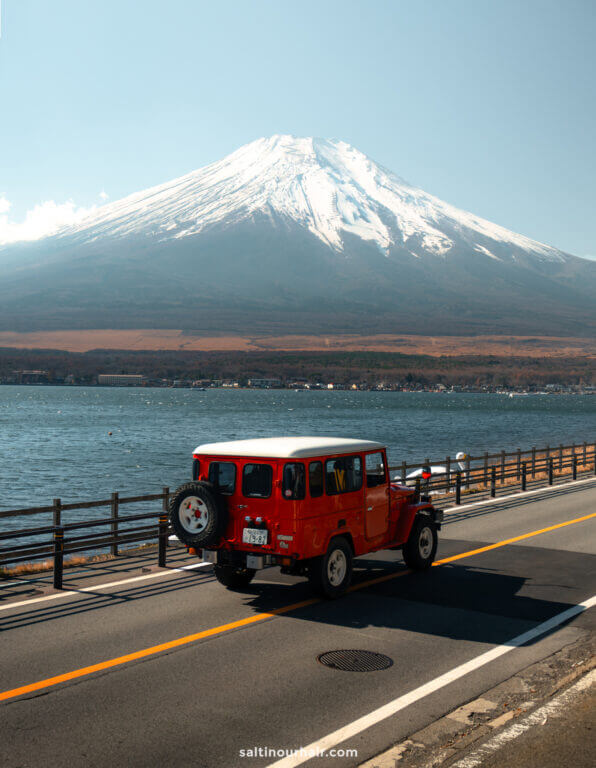
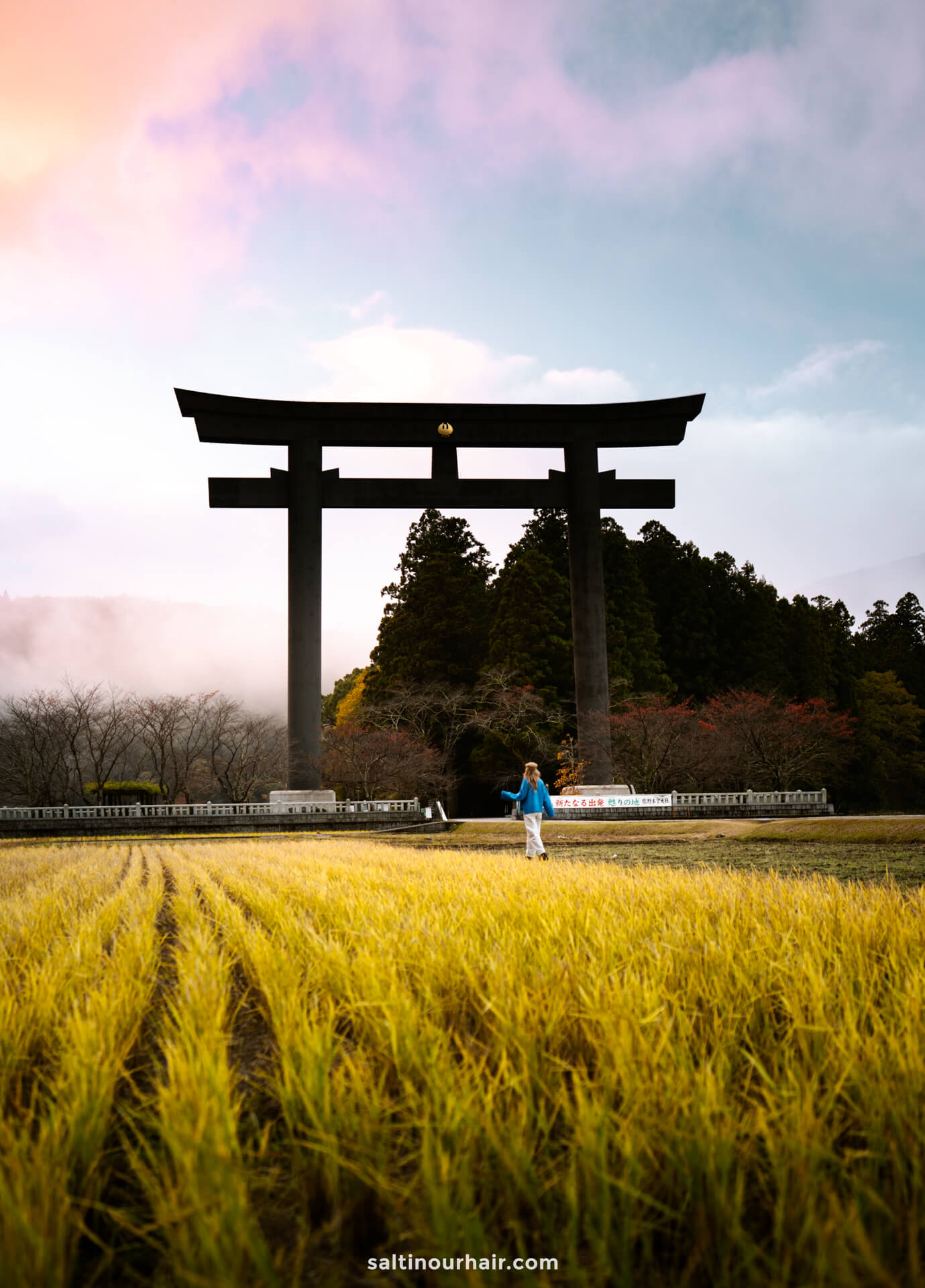
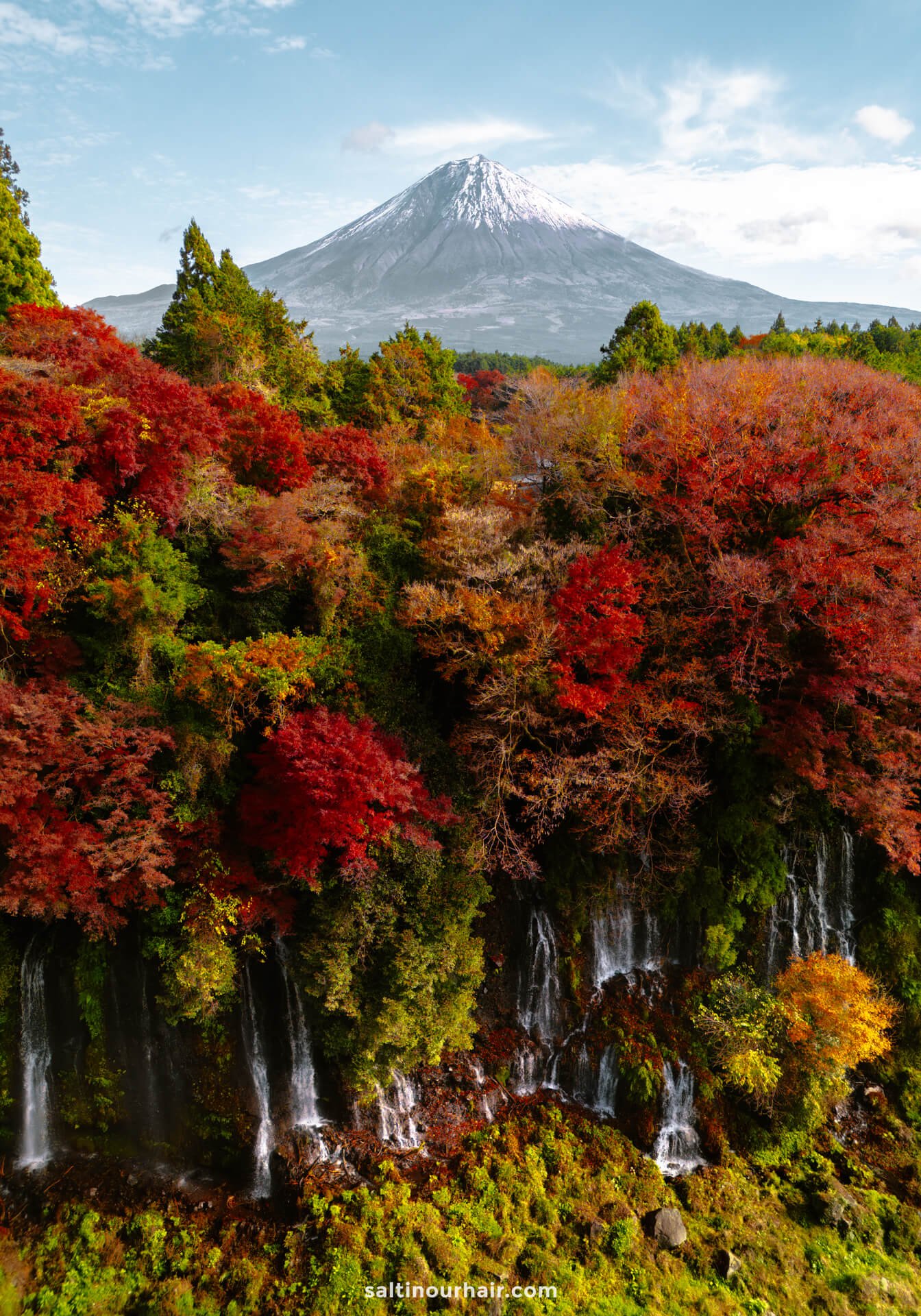
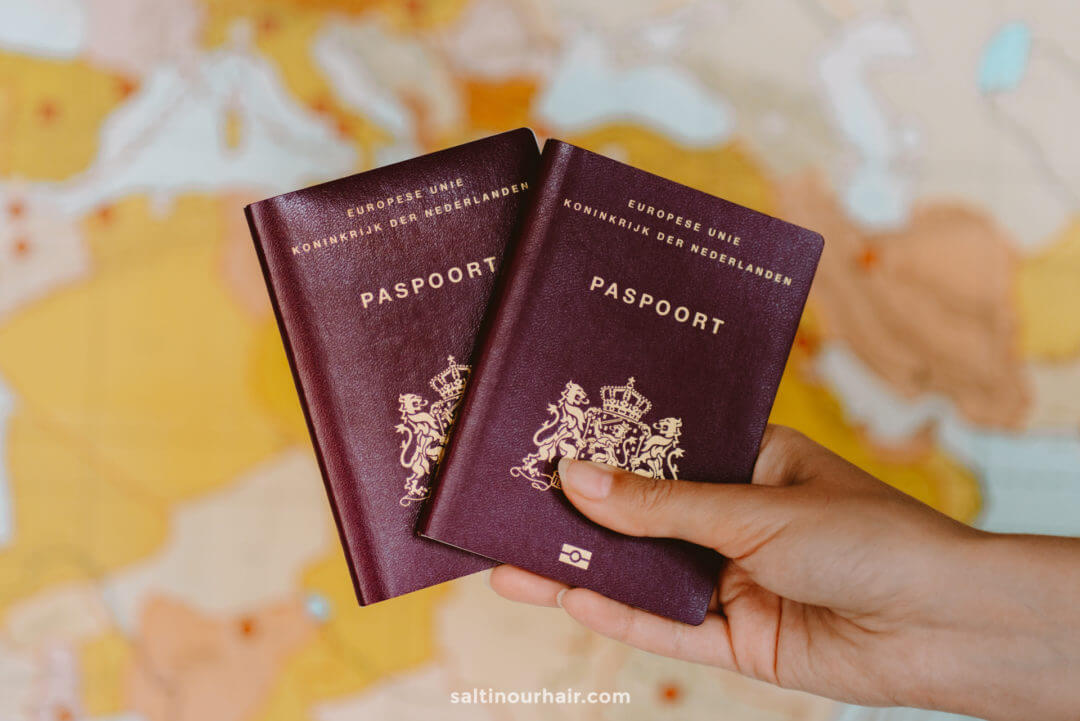
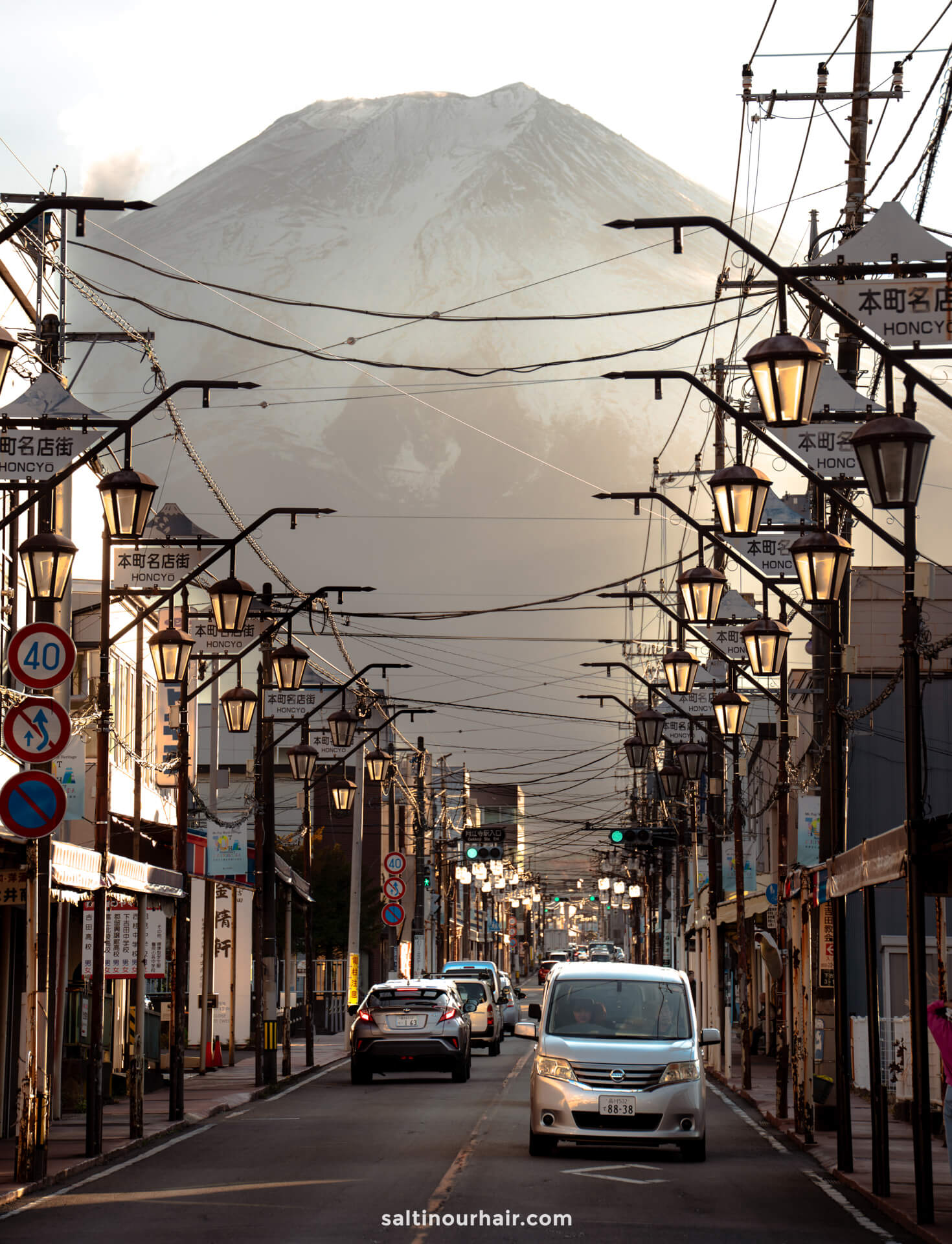
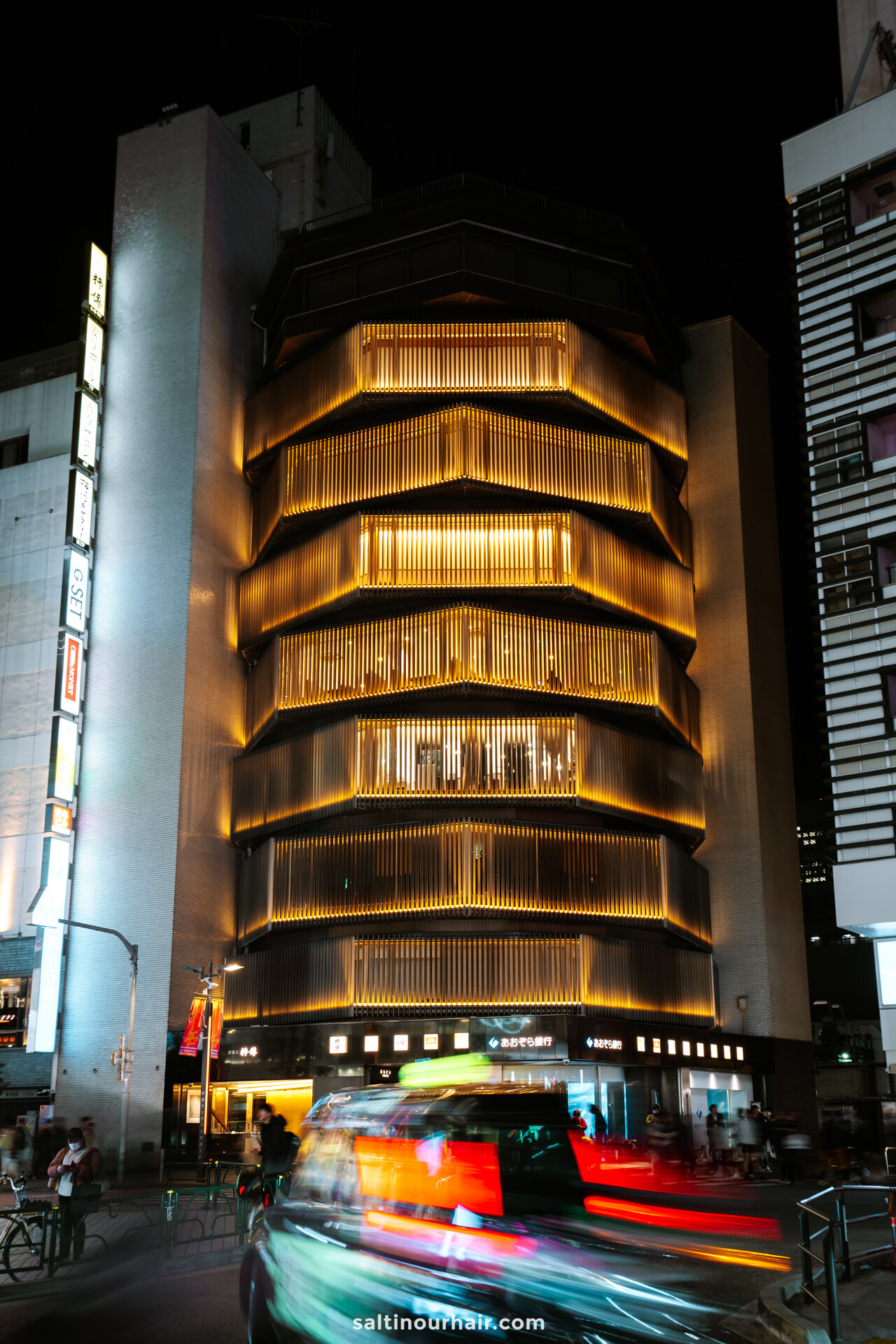
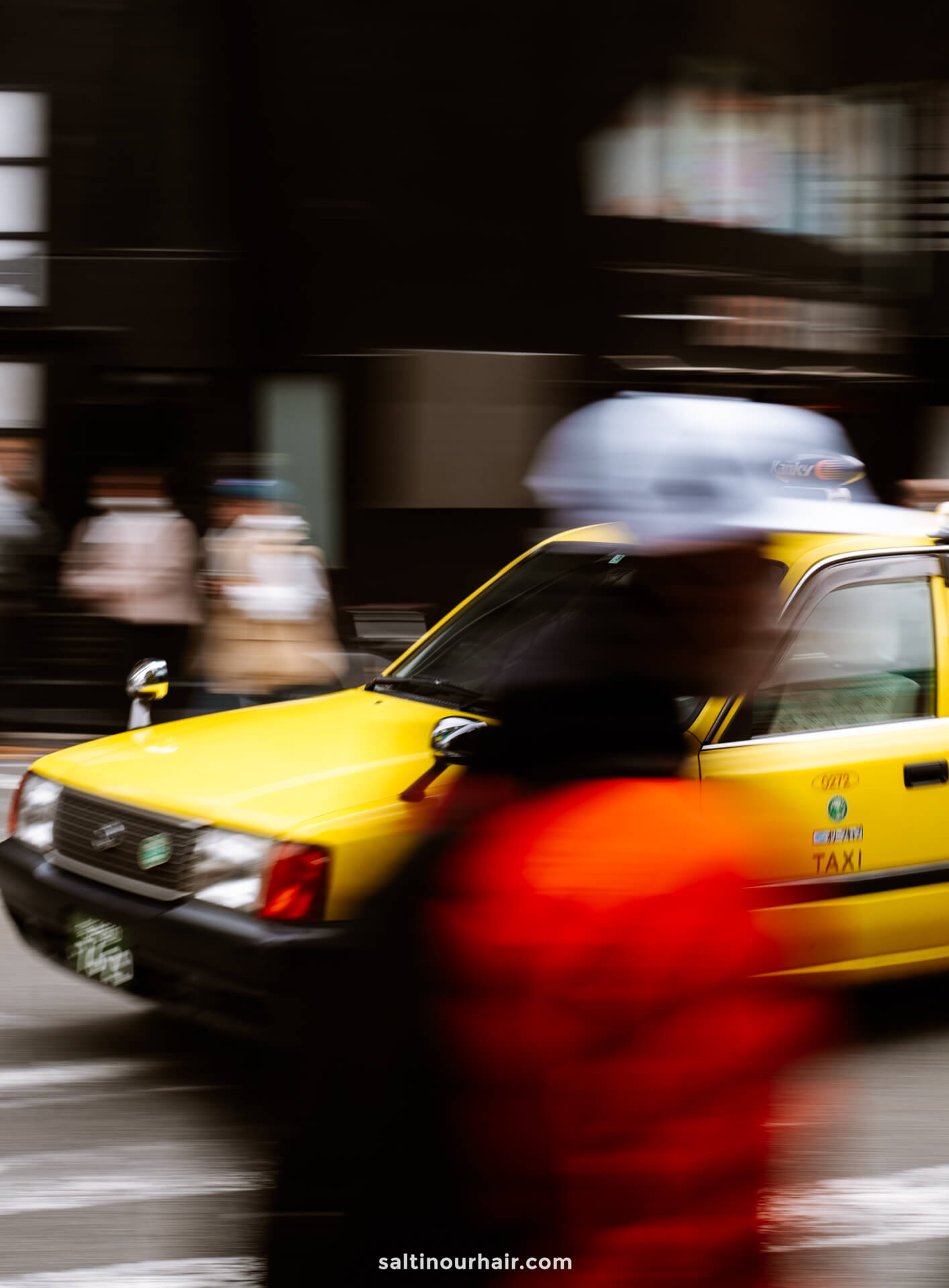
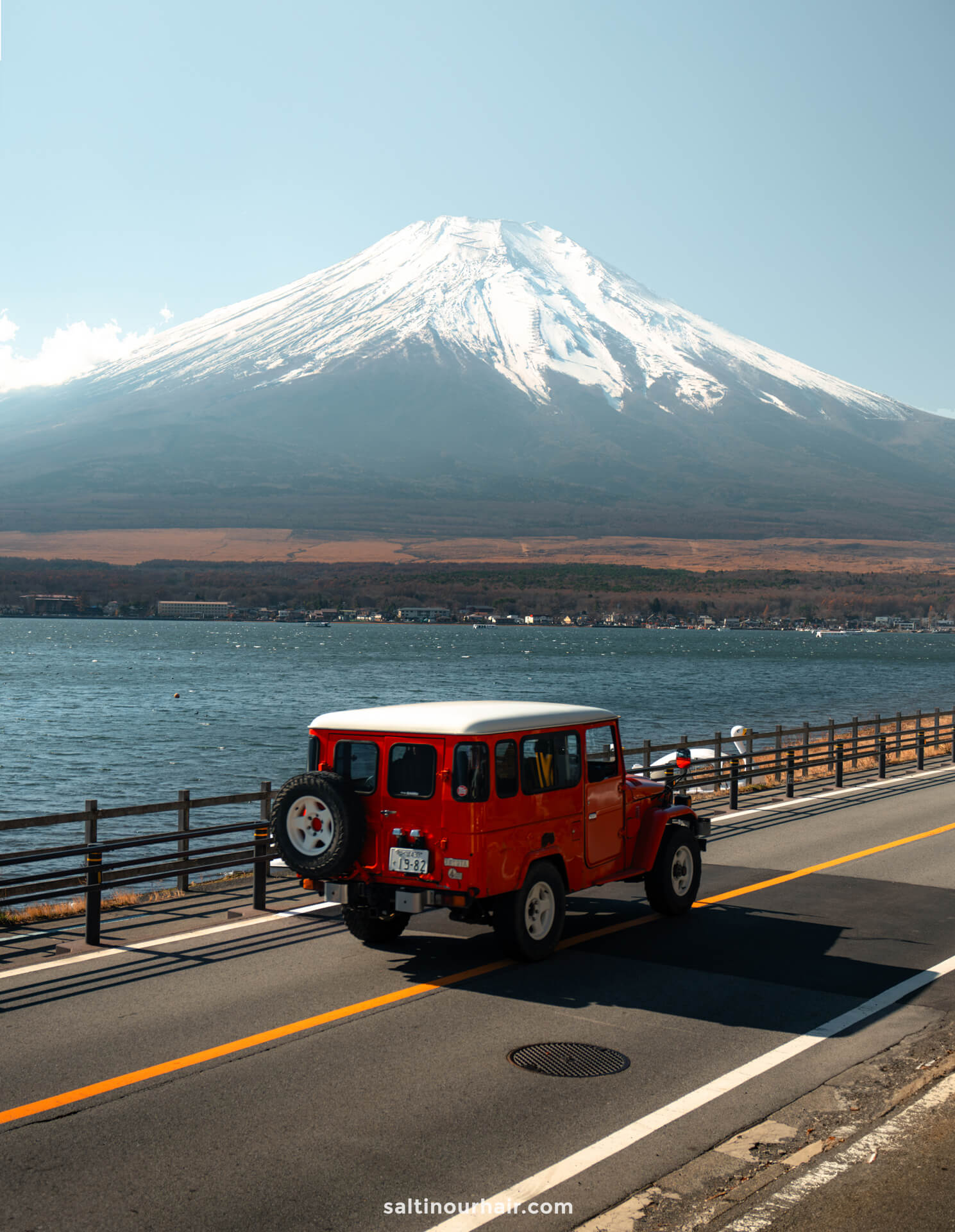
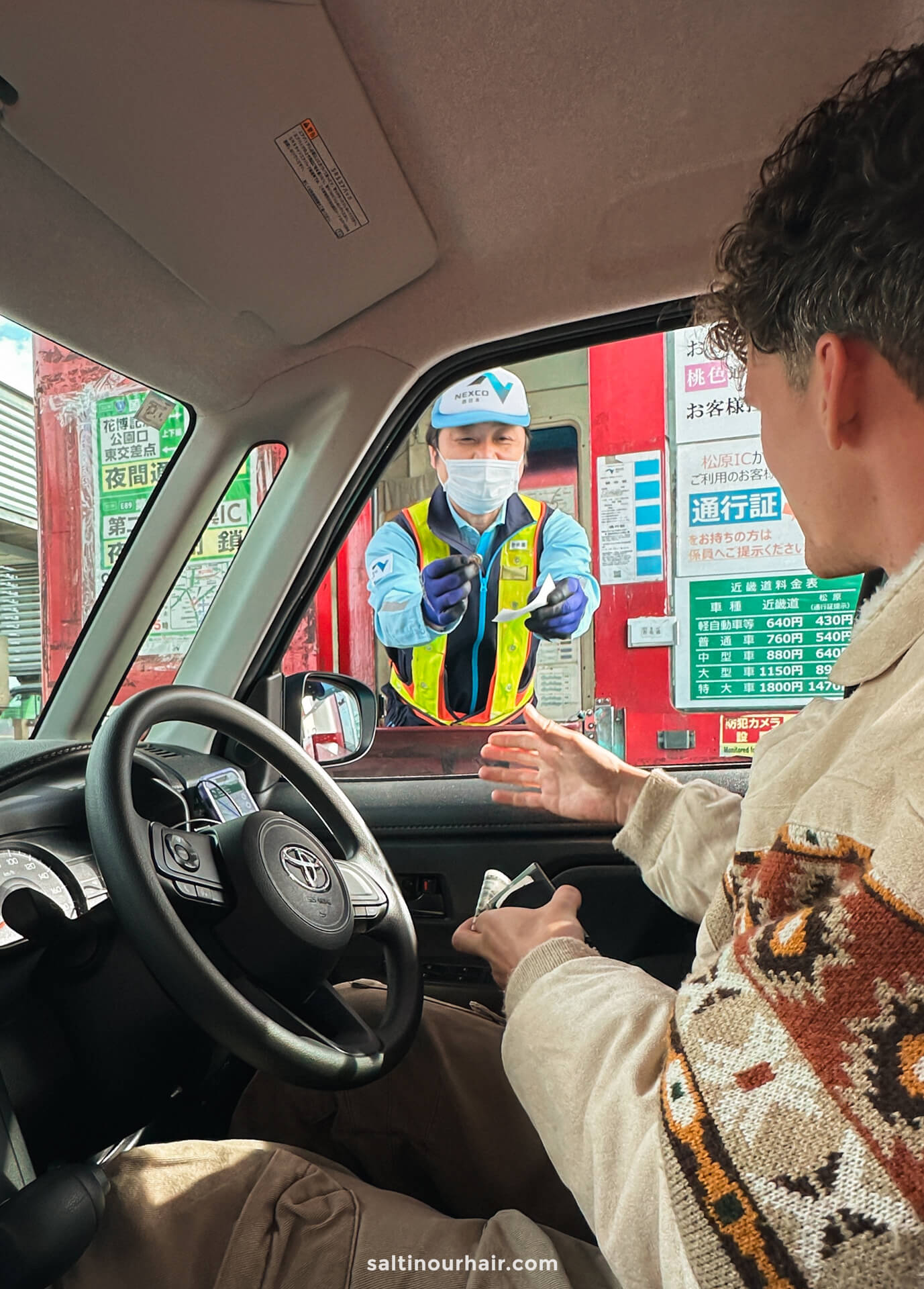
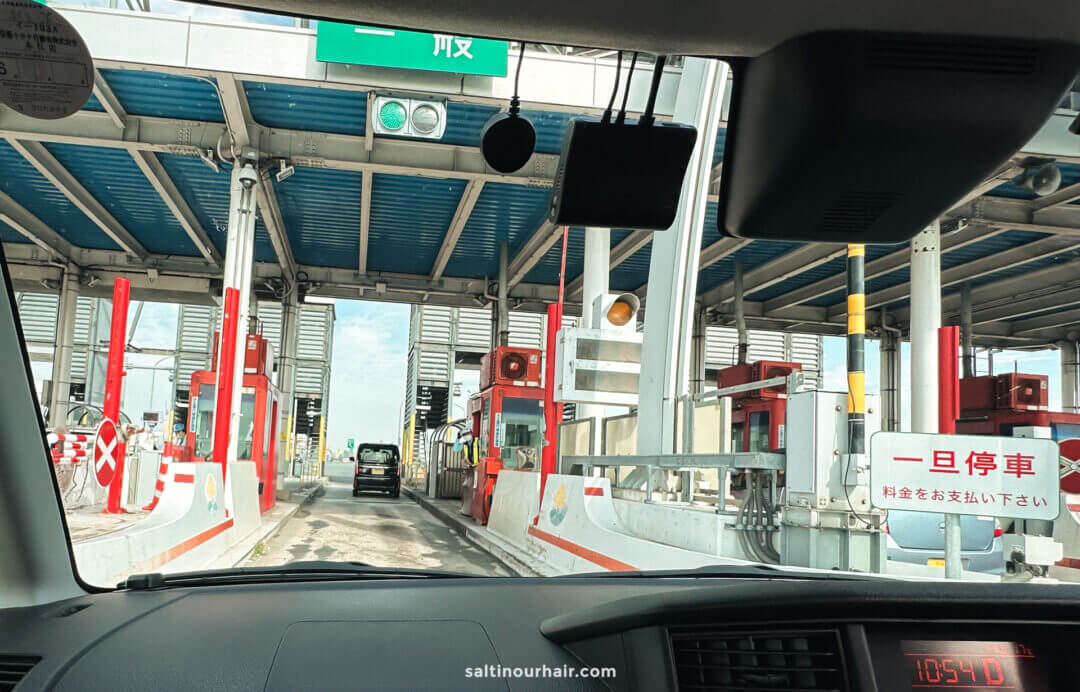
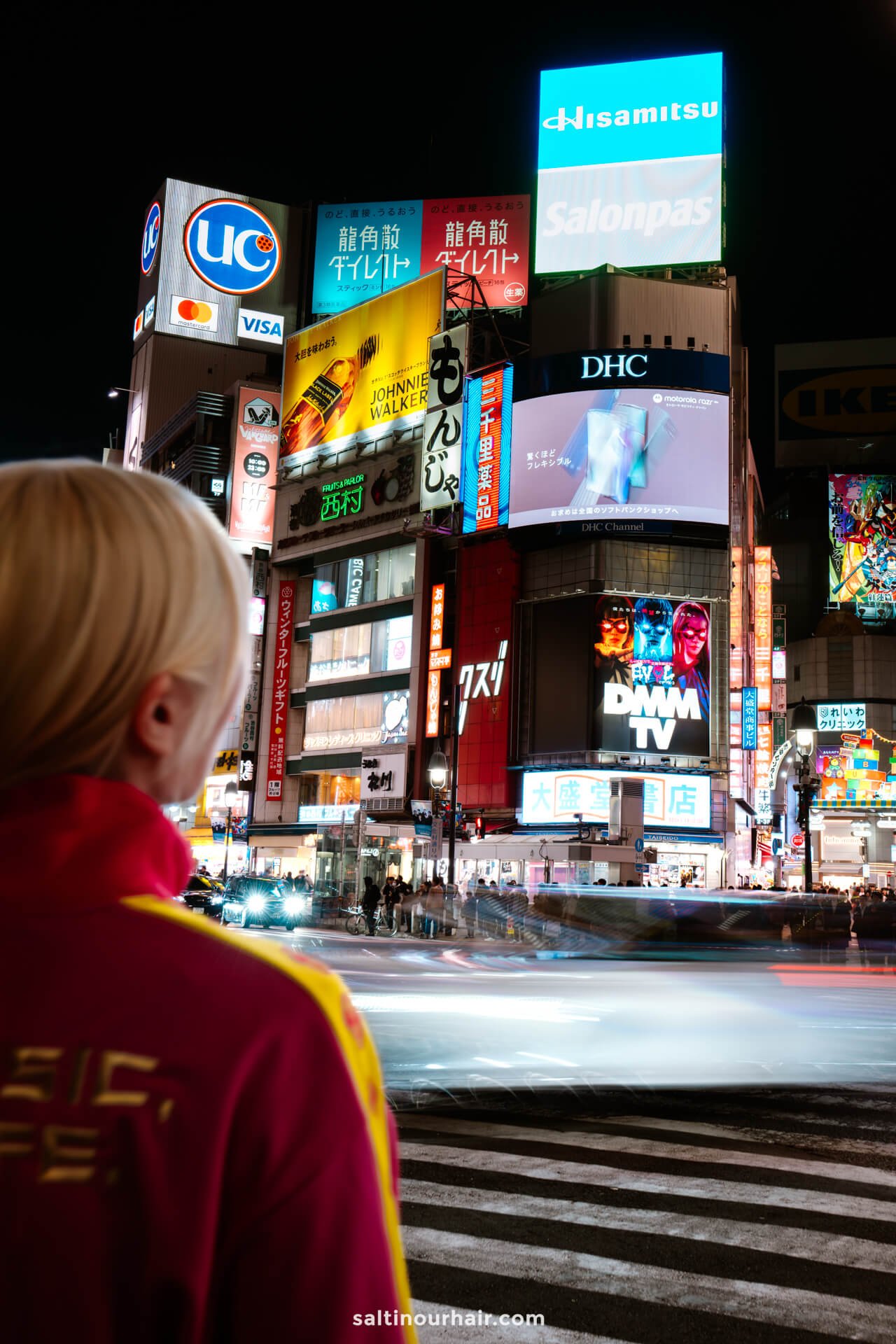
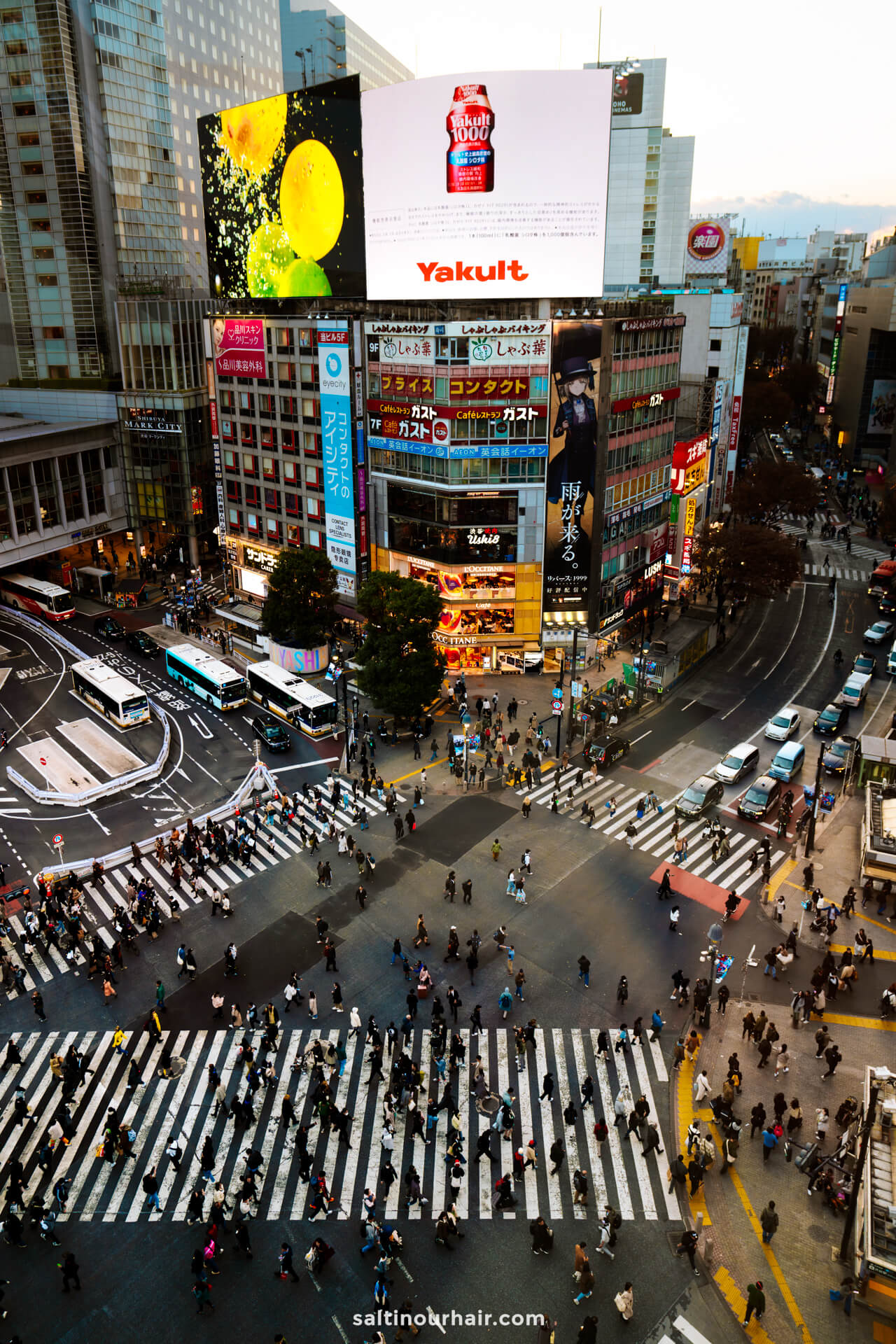
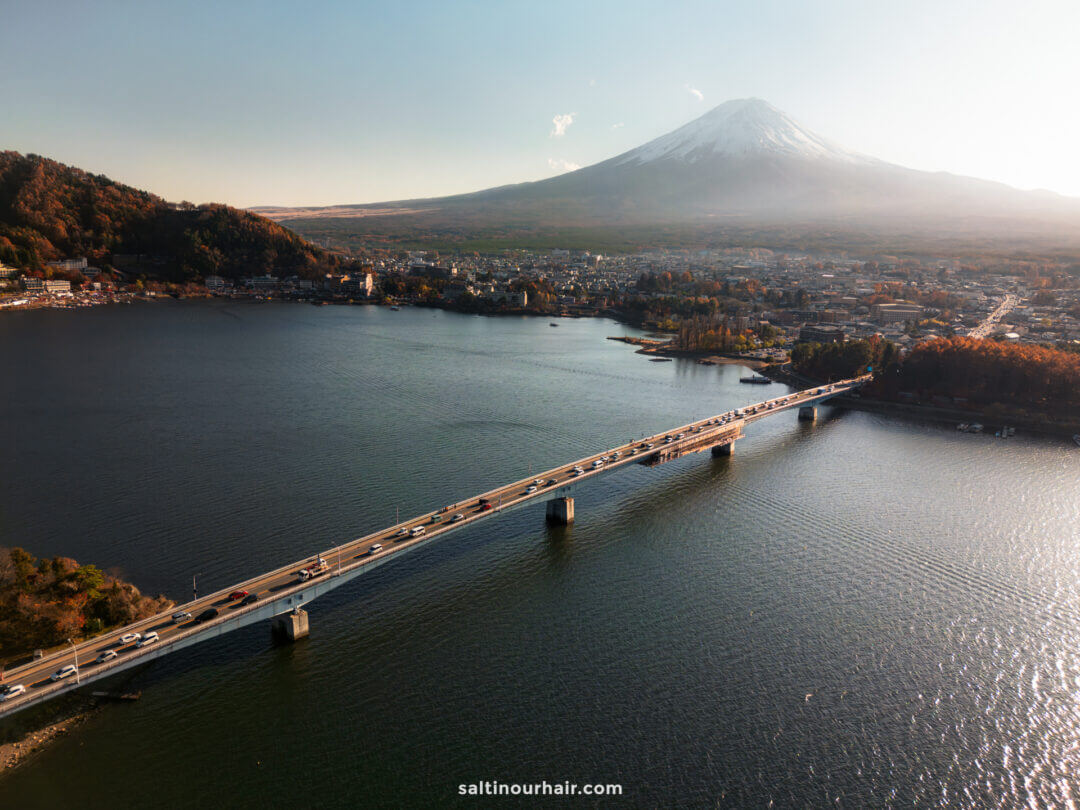
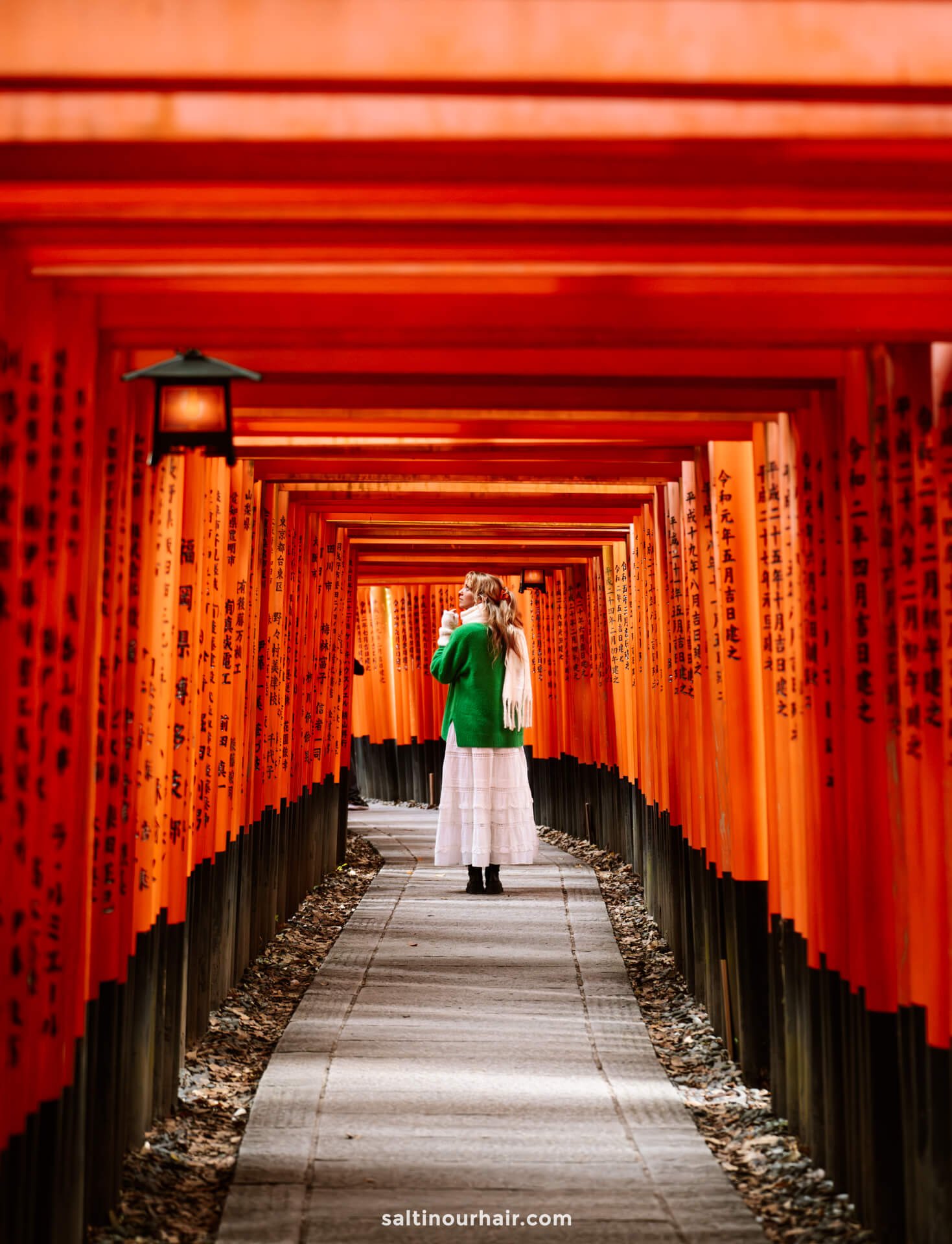
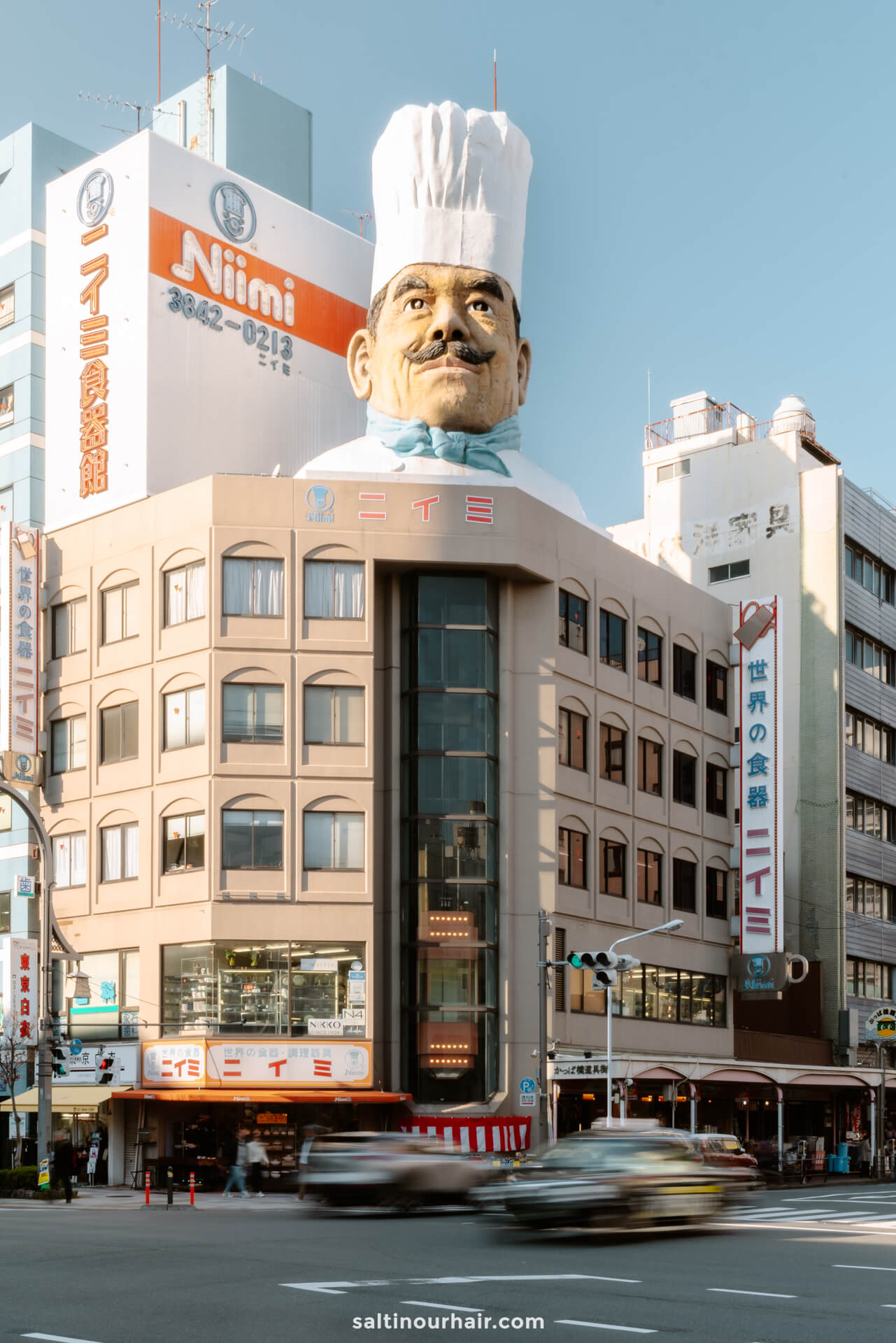
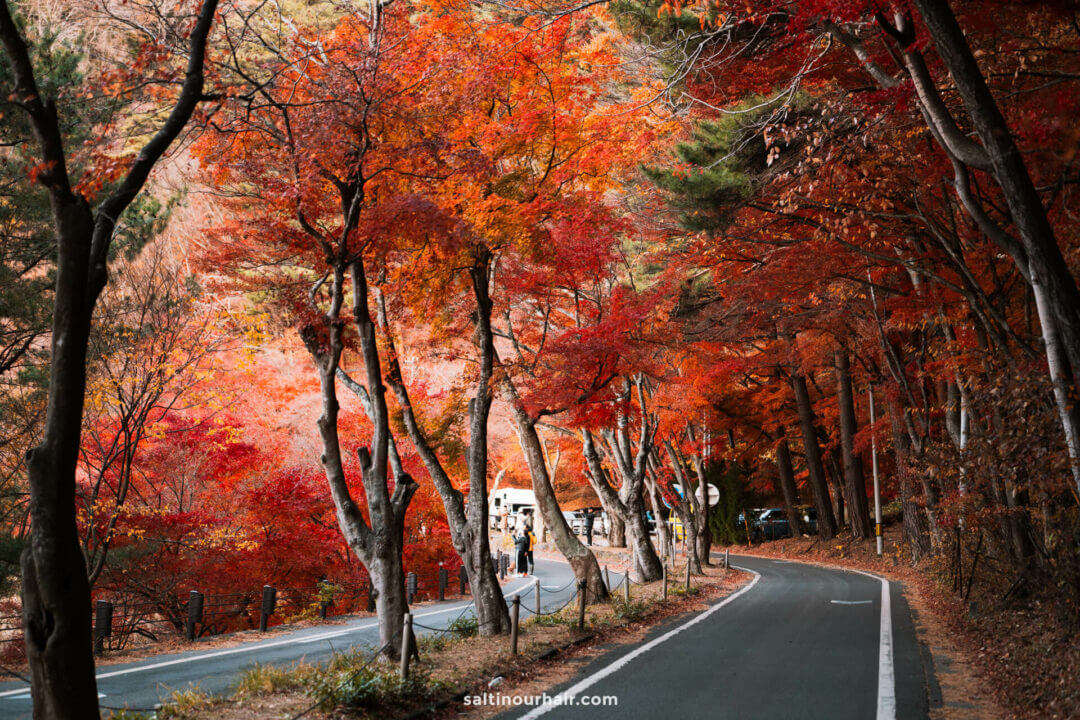

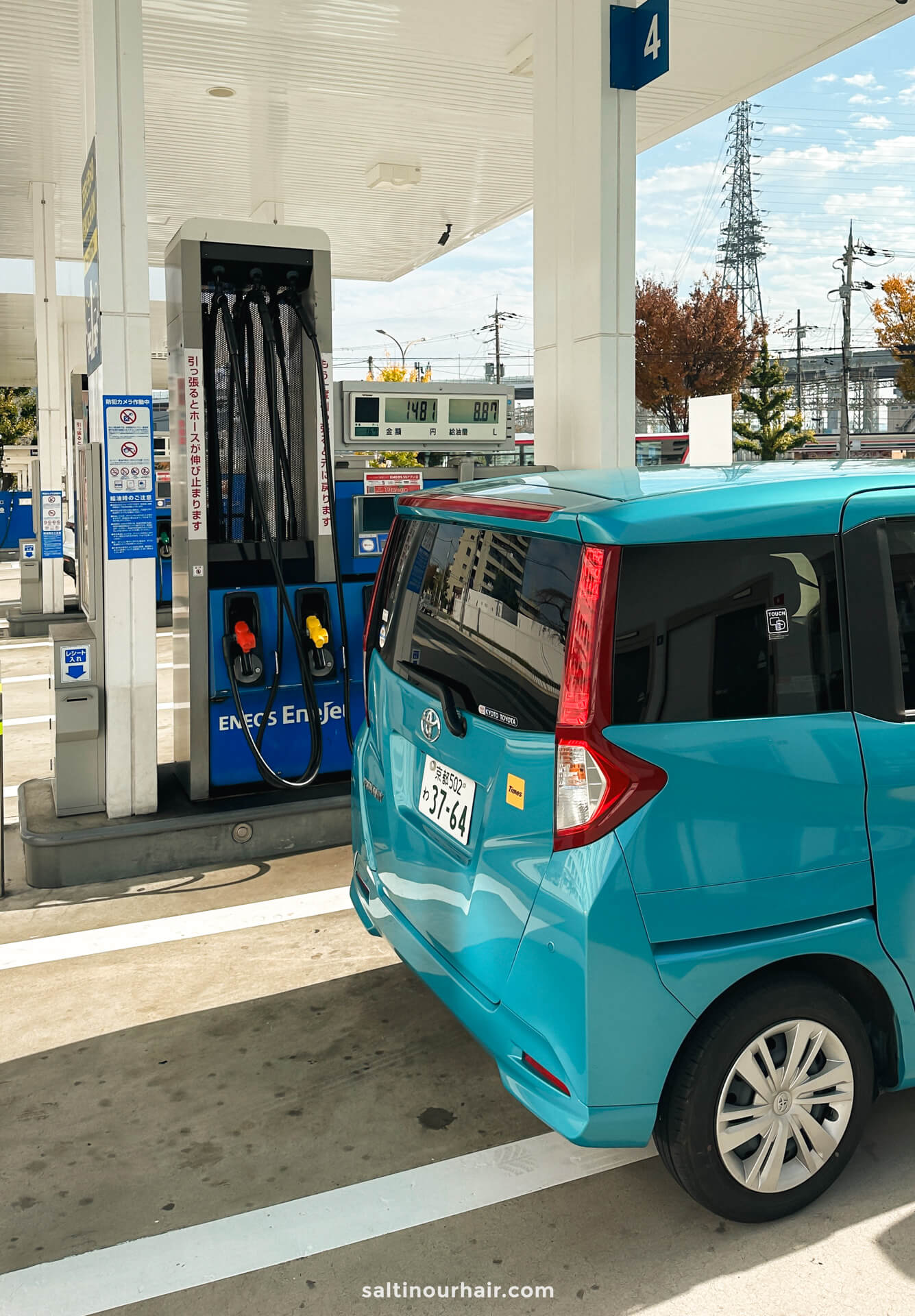
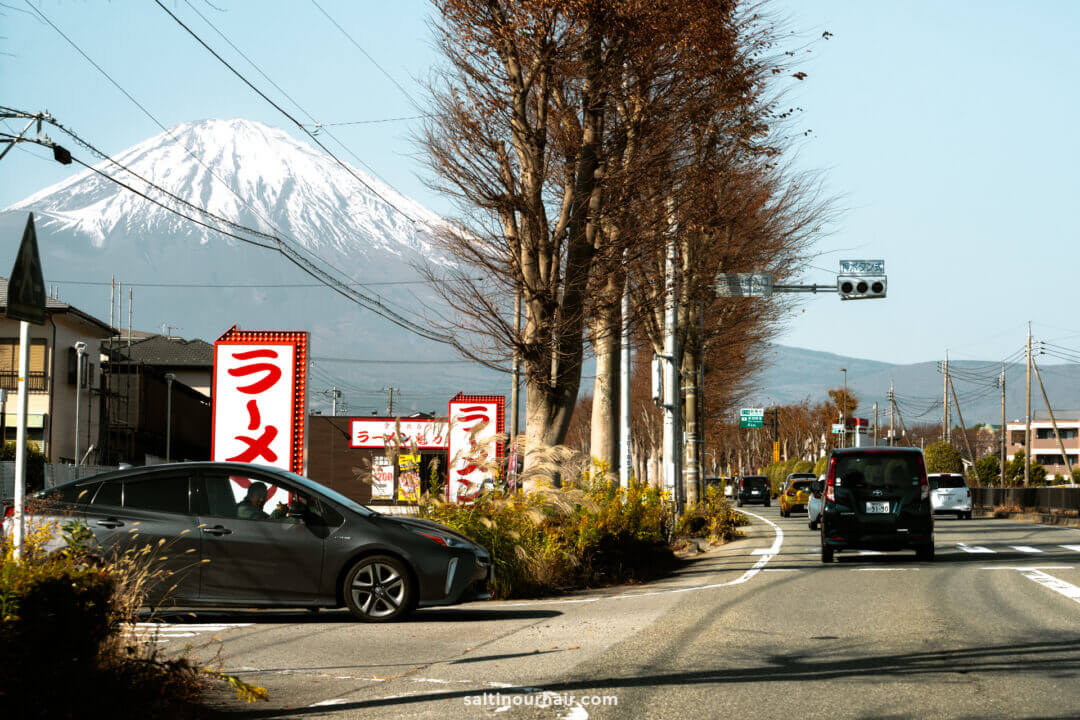

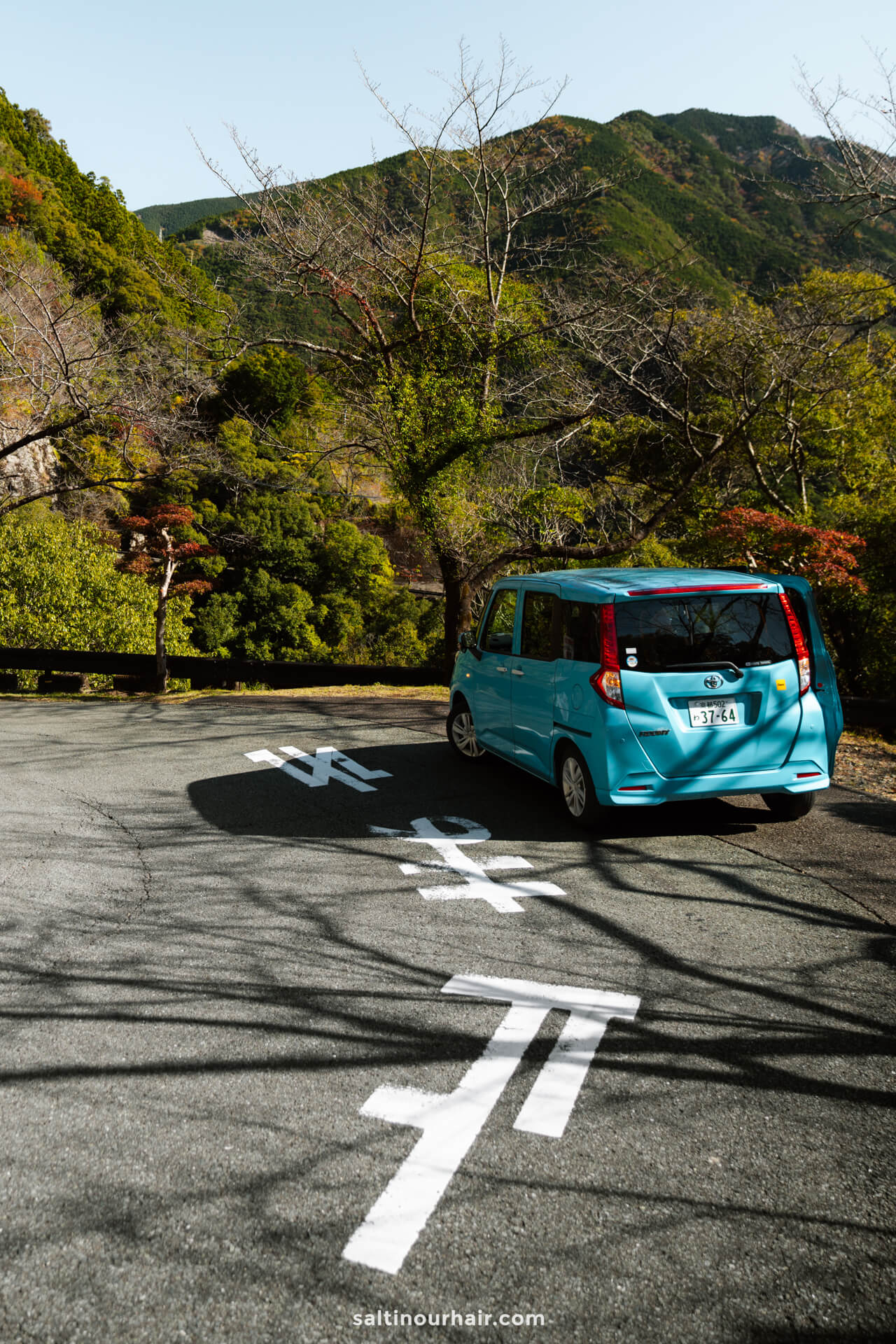

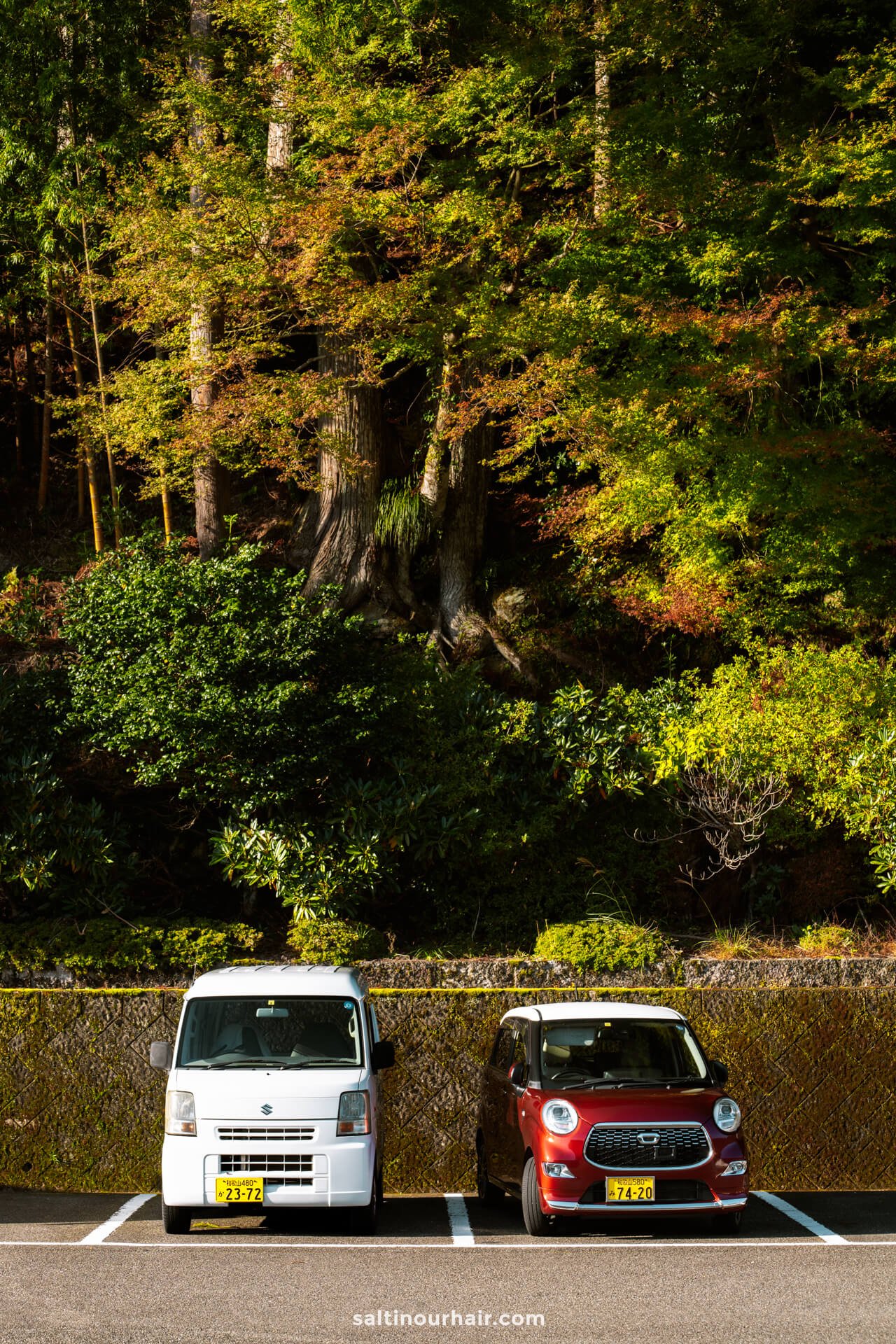
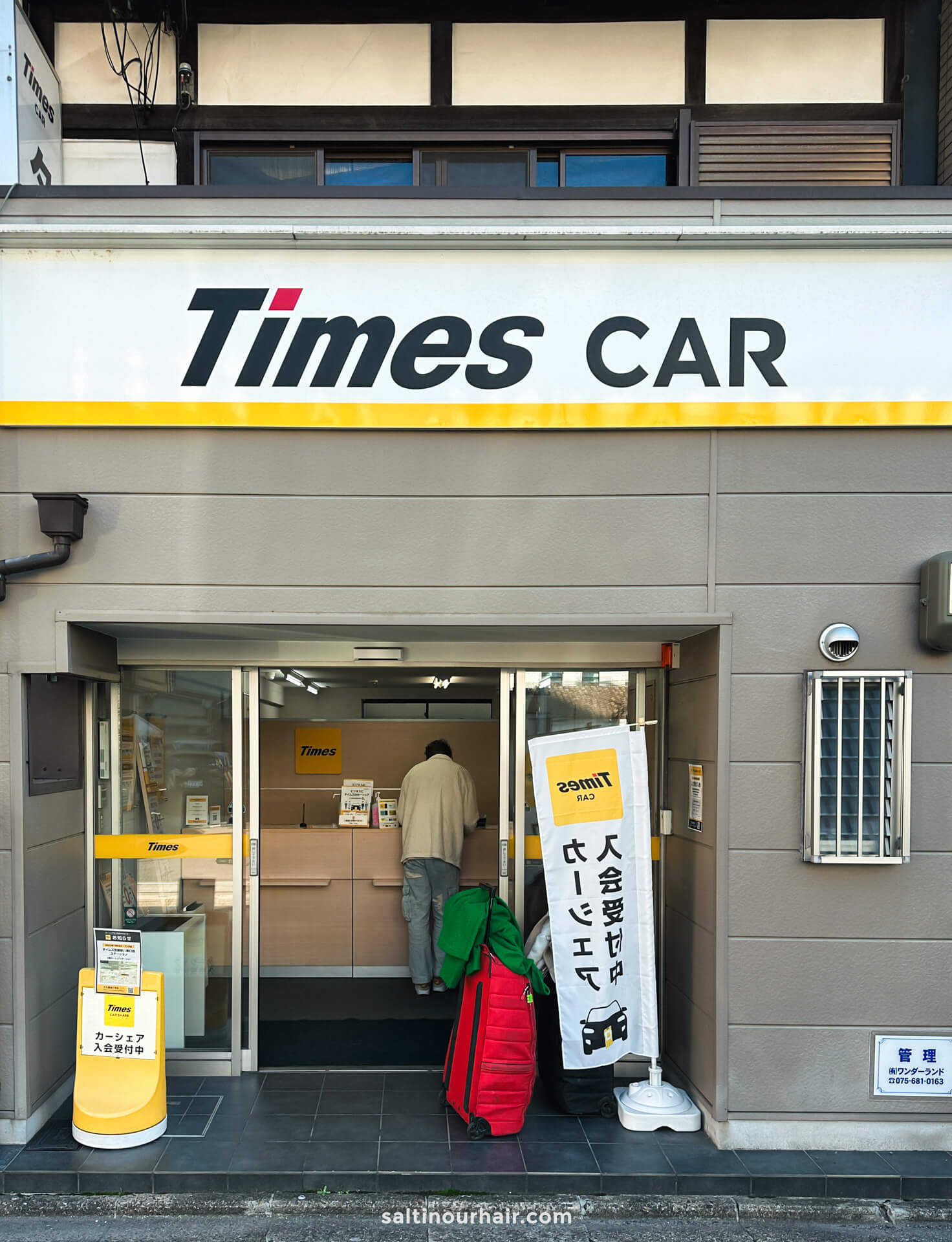



Looking for more travel information? Plan a chat with us for personalised travel advice or get an answer from the Salt in our Hair Travel Community on Facebook.